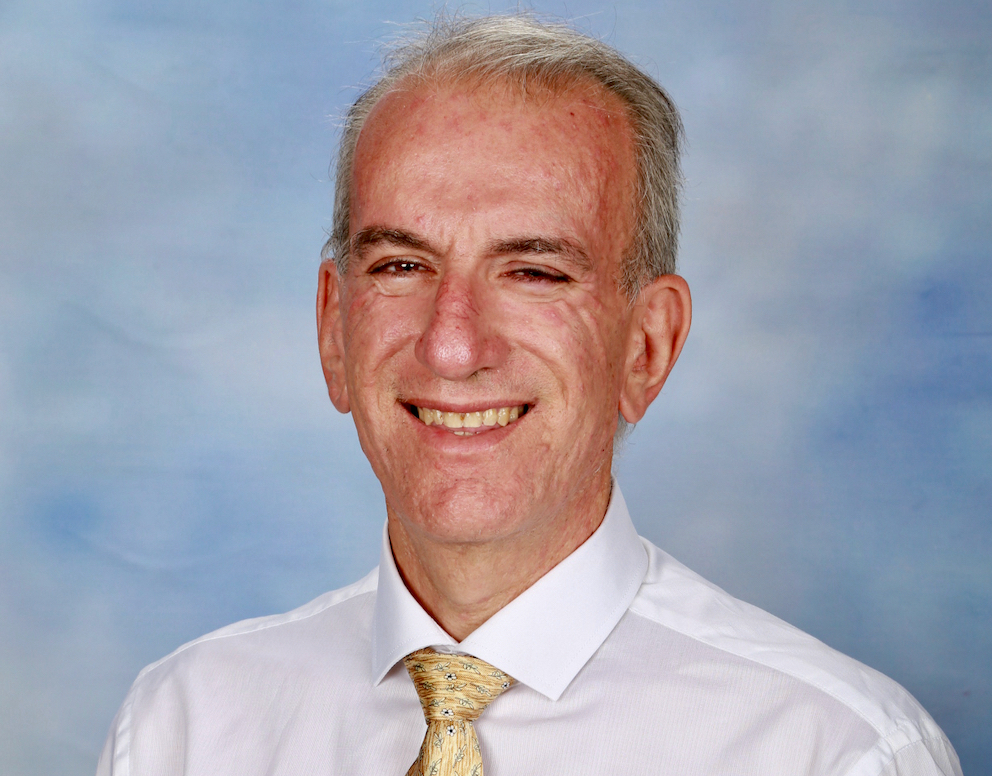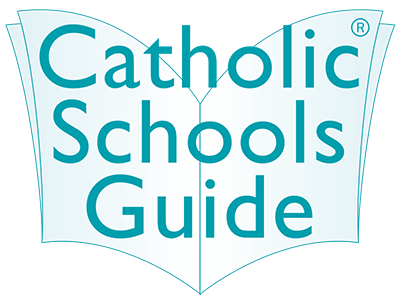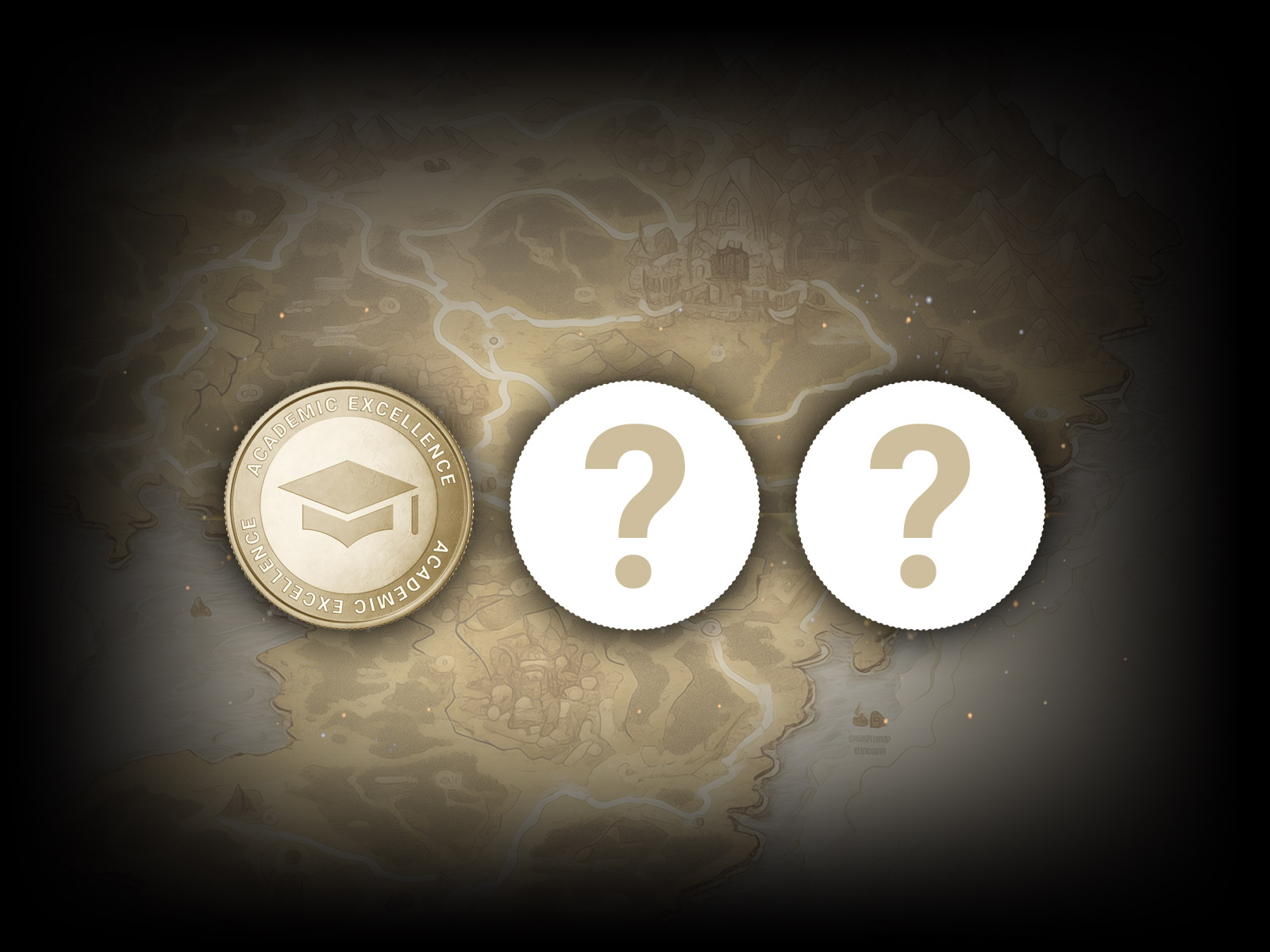News and Media

Rethinking the educational landscape – working together for the common good
By Peter Cutrona
President, Australian Catholic Primary Principals Association
Education is a constant situation of continual improvement and testing and re-testing of theories and practice. Those of a vintage who started their career before the turn of the century would have experienced a teaching landscape that was quite consistent in both its delivery and practice. That’s not to say the teaching was easier, more that it was just different, especially from what has occurred over the past 10 to 15 years.
What it means to be an educator and learner has changed quite significantly. Where before there was perhaps less consideration of the learner and more about what was being taught, this can no longer be said to be true. Educators now take into consideration many aspects of the needs of the learner spending significant time planning for these differences and implementing individual plans.
The last three years have dramatically changed the education landscape for both the learner and the educator. Teachers were not trained in how to deal with the rapidly changing situation that we all dealt with during the periods of lockdowns. For the first time in our living memory, we were in a period of the unknown not having a reference point on what to do and how to do it. This became a time for thinking out of the normal and utilising and adapting what others were doing.
Doing this, I believe, has given us an opportunity that has previously been used, but not widely implemented: looking at other educational situations that have experienced success and taking and learning from what has happened to learn from them for our organisation.
But sometimes, instead of trying to create something completely new, it is more about adapting and making small changes to something that is already there and using it in a new and different way. When the first lockdown occurred in 2020, schools became conscious of the context of their school community and their own particular needs. Not every school did the same thing. What was successful for many was the sharing of ideas and then developing them for their situation.
And I think this holds a key for what the future for education may hold.
I can see sustained success coming from groups and schools working together. Finding the synergies that occur between two or three learning communities, and then developing a system that holds everyone accountable for the learning happening not only within each place, but also within the collective.
When we work with others who are like-minded it invigorates everyone and provides the opportunity to open our minds to opportunities that we couldn’t possibly have discovered or come across by ourselves. I see the future in education being one where we are open to the opportunities of working and growing together for not just individual success, but for the greater good.
And we can only do this if we are prepared to get out of our comfort zone and explore the opportunities of working and learning from likeminded and generous educators, opening the doors to creating learning communities that are outside the physical restraints of our location.
We have a world-class system of education in Australia. There are also over 7000 schools that offer a primary education across this country. In many cases, each of these schools operates relatively separately from each other. There are always opportunities for schools to share best practices and the pandemic has provided the key for us to explore this through technology. The platforms that were central during the past few years, Teams, Google Meet and Zoom, provide a cheap and secure platform for sharing and learning together. Whether this occurs between single classrooms that transverse the continent or with a school a few kilometres away is irrelevant. And the platform doesn’t matter either as long as each school can connect.
The key to this opportunity is like-minded people working from a shared interest or key area of growth in their school and using the network of others to work with, create, evaluate and deliver a curriculum that provides growth for their situation, and which does the same for those who they share and work together with in this shared
arrangement.
And how could we bring other organisations into this shared space too? Could we include health and disability agencies as part of this shared network?
The pandemic has provided an opportunity to rethink and reimage a system of education that has stayed the same for the past 140 years except for some tweaks over that period. The future, our children’s future, is in the connectivity and relationships that we need to discover and foster. If we can take this opportunity over the next few years, the outcomes for our students and our communities could be amazing.
If we could put this into place in each of our schools, wouldn’t that be living a Christ centred, child focused education, one where we share and grow for the greater good while improving the lives of each student in our care. A silver lining from the past three years of difficulty and uncertainty is within our reach, only if we are prepared to take that first step.

